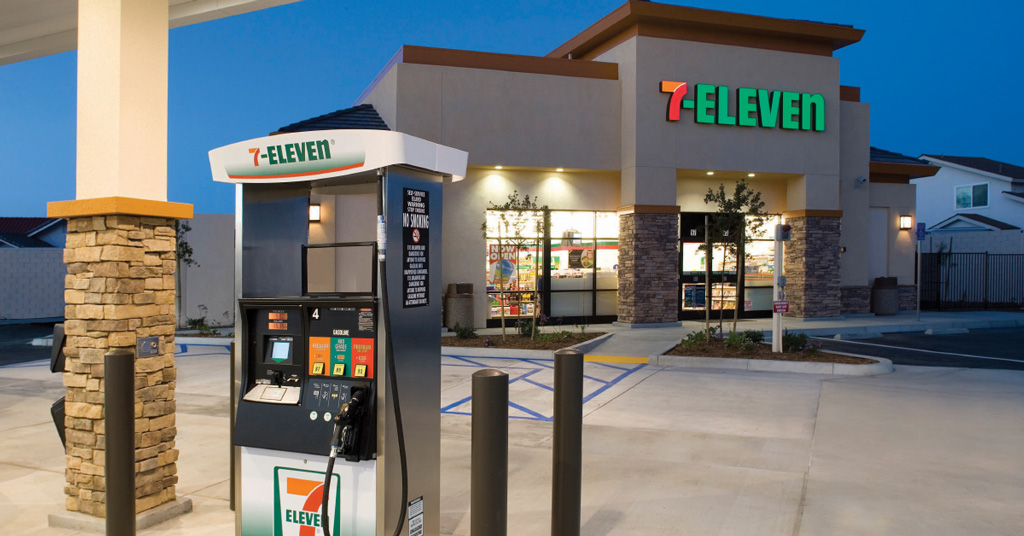Your Recipe For Success – Five Ingredients For a More Profitable Business

1. K.i.S.S. ( Keep it Simple Stupid)
Your business must be easy to understand, yet difficult to master. Very often, the highest profits come from the simplest ideas. Warren Buffet, arguably America’s most successful investor, has been quoted as saying that his secret to success is to buy great companies at undervalued prices. Sounds simple, doesn’t it? Similarly, in real estate, everyone knows that you make the highest profits by buying right, not necessarily by selling right. In the stock market, the mantra is “buy low – sell high.” None of these ideas are very hard to understand, but establishing the discipline to stay focused on mastering the skills necessary to pull it off can take years. Most people don’t have the discipline to practice until perfect. That’s where the strong survive and the weak fade away. A business that is easy to understand – yet difficult to master survives because the primary philosophy (serving others and being at the top of the class) never goes out of style.
2. Meritocracy, not Democracy
The best businesses must reward performance, not good intentions. True capitalism works by first providing the best solutions to the marketplace at the highest possible profits, and secondly to improve the lives of the various stakeholders – workers, owners and investors. Operating a business that doesn’t put profits first is simply nonsense. This doesn’t mean that businesses shouldn’t be socially responsible. It simply means that businesses must be passionate about mastering the markets they wish to serve. If one industry has a hard time attracting workers, there is usually a reason – low pay, poor working conditions – no benefits. However, these are all simply challenges that can be conquered with a little common sense. For example, McDonald’s has a history of employing service workers who sometimes don’t have the best manners – high school students. On the other hand, Starbucks matches their recruitment practices (who they hire) with who they want to serve (college students and young professionals). Then, they promote a compensation plan that rewards loyal employees which reduces turnover. All part-timers are eligible for company benefits including stock options based on how long they stay on the job. Starbucks is rewarded with a reputation for great service and McDonald’s is not.
Sometimes companies hire for all the wrong reasons – diversity, social responsibility, or most affordable base labor costs and they forget about productivity – which ultimately delivers the holy grail – higher profits. Companies and individuals should both participate in bettering society. However, the best way to do this is to engage the markets efficiently with an eye on rewarding those who do the best jobs and setting examples by giving the best life to the best workers. In America, our form of government is a constitutional republic – not a democracy. This means that we elect people to look out for our best interests. If you want a successful business, hire the best people, get out of their way and share the profits with them so that they never leave.
3. Virtual Operations
Your business should allow flexibility in work environment. Demographics (where the most likely customers are, who they are and what they want) determine markets. Sometimes entire businesses perish because they are in the wrong place at the wrong time. Launching a business that is not sensitive to market conditions is a mistake. Furthermore, understanding the effects of a global marketplace – how what happens in China can affect the price of gasoline in Kansas – should be a primary objective of any sensible business owner or manager. The simplest way to capitalize on a virtual business strategy is to engage the information markets – providing profitable ideas and opportunities to busy people. Using inexpensive computer technology, an individual in Rochester, New York can work with a company in California, who might represent a company in Florida or Taiwan – with no long distance or mailing expenses. Everything is done over the internet using an email address which cost less than $100 a month to maintain. Historically, great wealth has been created by selling success tools to emerging industries. In the 1840’s, during the California Gold Rush, the people who made the real money were not the miners, but astute shopkeepers who provided the supplies to the miners and dress making material to their wives. These shopkeepers could relocate anywhere, anytime depending on the location of the next gold strike. Time is money, more today than ever before. If an entrepreneur can deliver what a customer wants – at any time, from any place – wealth and success will follow.
4. Add……..Don’t Subtract
Urban Myths – Competition is good for the marketplace.
For me to win, you must lose.
High profits come from low expenses.
Your business must promote win/win strategies because competition is not always good for the marketplace. Sometimes unbridled competition drives good ideas right out of business. Years ago, political lobbying changed America’s transportation habits by supporting legislation that rewarded suburban home developers with subsidized interstate highway systems at the cost of local bus operators. Today, we can drive from the Atlantic Ocean to the Pacific Ocean, but not easily get across town. We are “free” to drive anywhere, but victims of traffic congestion, high gas prices, ever increasing insurance premiums and cars that cost as much a house used to. Perhaps we would be better off (tax-wise) encouraging more businesses to locate in our cities so people can walk to a good store, bicycle to work and take the shuttle to the lake. They do it in many other highly populated international societies and in large American cities. Why not in middle markets too? Competition should add value to win, not destroy an entire way of life. Over the years, great wealth has been accumulated by people who understood that markets are attracted to value driven products or services. Here too, Starbucks is a great example. They don’t really market coffee. They share a gourmet experience for $3.00 – $5.00 a cup. When you walk in, the stores are modern with art on the walls, national newspapers to read and young people busy making provocative noises on glistening machines. While it is certainly Starbucks intention to sell lots of coffee, they accomplish it by providing their customers with an entertaining escape from their ordinary lives. Did you ever price a commercial espresso machine? They cost several thousand dollars more than a simple Bunn pour over drip coffee maker. However, those shiny pressure driven machines deliver an experience that allows Starbucks to register billions of dollars in annual sales. They invest in the best equipment in the best locations operated by the best people who want to work there because the company offers the best benefits in the food industry. A high price to pay? Not if you end up netting 6% on a couple billion dollars in revenue. Yes, in recent years, other competitors have infiltrated their market niche. But the Starbucks name is still one of the best known brands in America. Sometimes the most “cents” comes from having a lot of common sense. Adding value, not just cutting costs, is the best way to increase you profits.
5. The Sky’s the Limit
Why settle for less than you are worth? Your business model must permit growth and opportunity. America has a trillion dollar economy that has benefited greatly from a world which has embraced capitalism. Even historically socialistic countries like the former Soviet Union and China have joined the fray. Modern technological tools like computers, fax machines, video conferencing, cell phones, access to online research libraries and email have improved efficiencies and productivity a hundred fold. Even in tough times – like 2009, our market is the best in the world. How you exploit the daily changes in our market will determine your success. Most of us have professional goals and personal objectives. For example, I like to fish, go boating, and shop at open air markets for the freshest ingredients to make great meals for myself, friends and family. However, if I fill my days with work that doesn’t deliver enough money to allow the time freedom to enjoy these pursuits, I end up with less of a private life than I would prefer. Therefore, the work I choose must allow sufficient earnings potential so that the amount of hours dedicated to producing income are not sacrificed for nothing. Some people live to work. I prefer to work to live. This is only doable by interfacing with a market that rewards great performance with great compensation. Make sure that your business goals deliver your personal goals. Otherwise, you are simply selling yourself short. A good coach can help you analyze your goals, wishes and challenges to keep you and your business on track.







